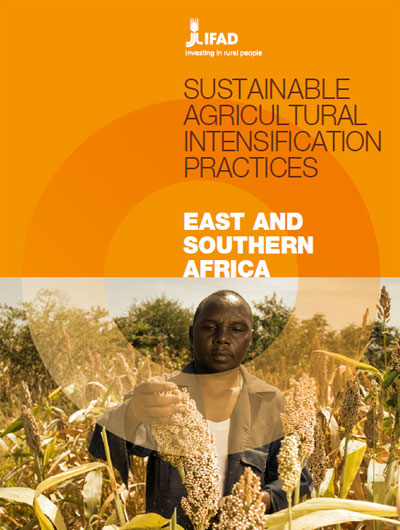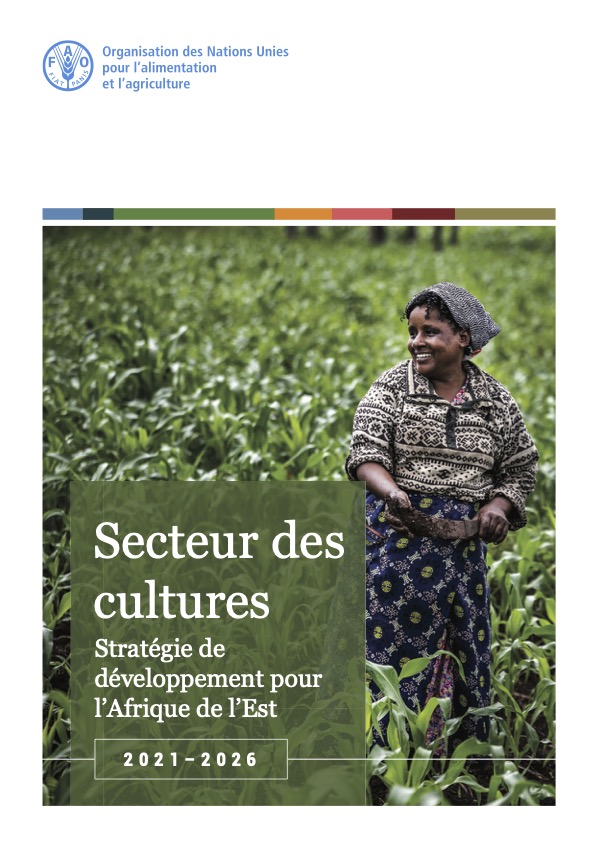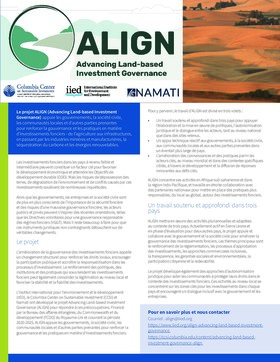Pratiques d’intensification agricole durable – Afrique orientale et australe
L’intensification agricole durable désigne des pratiques visant à produire davantage à partir de terres, de ressources en eau ou d’autres ressources naturelles données, tout en protégeant l’environnement et en accroissant les retombées économiques et sociales positives.
Les auteurs de la présente note recensent les pratiques d’intensification agricole durable de 17 pays d’Afrique orientale et australe, et formulent des recommandations sur les meilleures méthodes pour les promouvoir dans les pays concernés.






